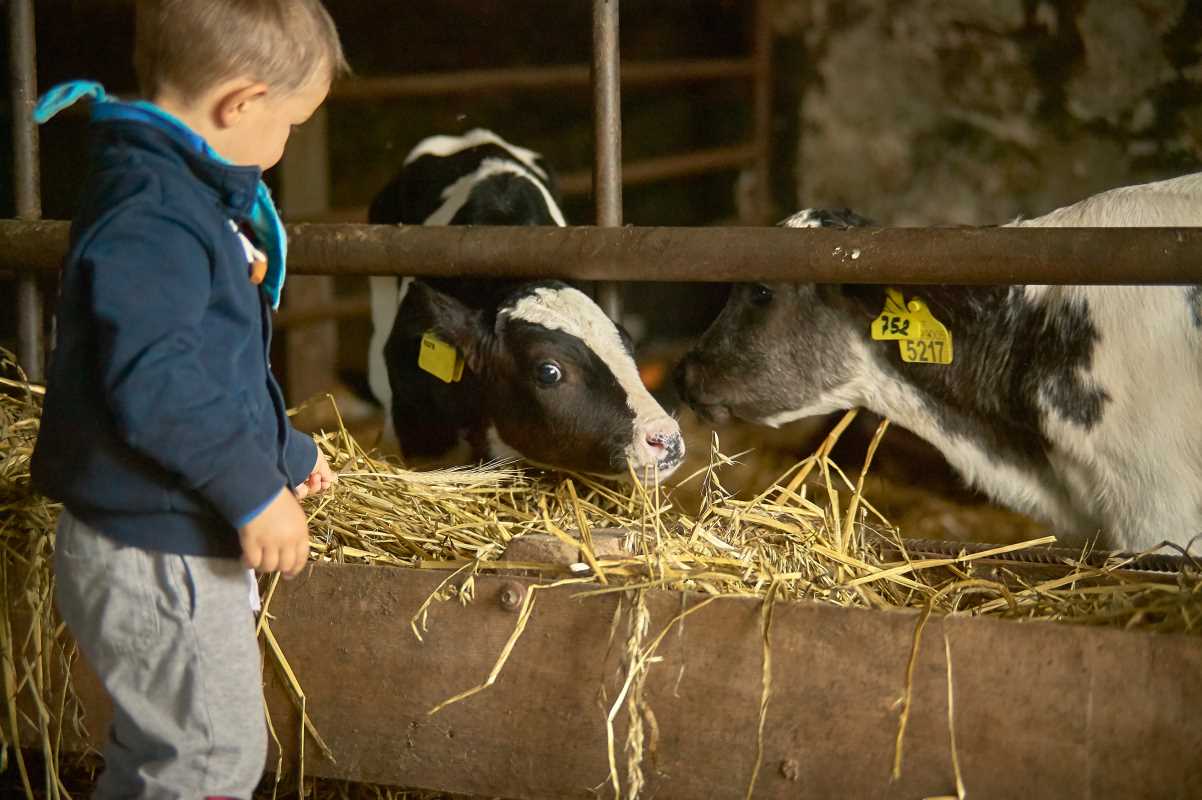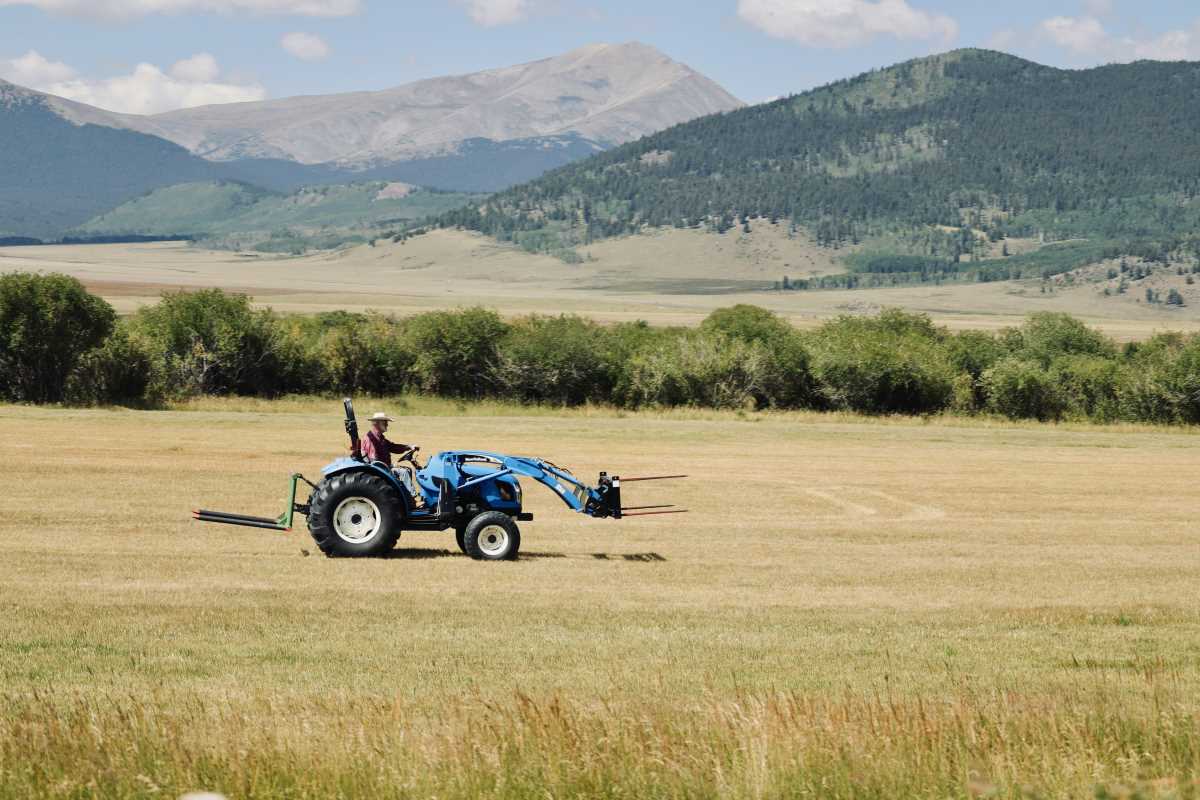Learning about different types of land and available certification programs helps you make well-informed choices. Start by exploring what each land type offers and which certification options match your goals. Next, review the requirements, costs, and benefits for each program to see which fits your needs best. By taking the time to compare your options, you can confidently select the right program and understand how to maintain your land’s certification over time. This approach ensures you have the practical information needed for every step, from researching and choosing a program to keeping your land in compliance with certification standards.
Assess Your Land and Goals
Start by walking your fields and noting soil quality, pasture layout, water sources, and existing fencing. Measure acreage and map zones for grazing, shelter, and feed storage. These details help you decide which certification will fit you best.
Identify how you plan to grow your animal operations. Are you adding poultry, goats, or cattle? Each species requires specific handling standards. Write down production targets—like increasing egg yield by 20%—so you choose a program that matches clear, measurable goals.
Explore Certification Options
With land data in hand, compare major certification paths. Use this list to find programs that match your size, budget, and species mix.
- Organic Livestock Certification: Sets rules on feed, medication, and land impact. It typically requires three years of organic land management.
- Animal Welfare Approved: Focuses on outdoor access, humane treatment, and no antibiotics or hormones. Suitable for grass-fed farms.
- Sustainable Animal Care Certification: Combines welfare standards with ecosystem care. It includes soil health measures and rotational grazing plans.
- Regional or State Programs: Some states offer tailored schemes with lower fees and localized support.
- Cooperative or Producer Group Certifications: Share inspection costs and training across members.
Compare Program Requirements
After listing options, compare them side by side. Use this checklist to see which program fits you best.
- Eligibility: Does the program require a minimum acreage or herd size? Check if small flocks qualify or if you need six acres per cow.
- Inspection Frequency: Some certifications demand yearly audits, while others require surprise visits. Consider travel time and inspection fees.
- Training Obligations: Find out if you must complete online modules or on-site workshops. Training hours can affect your schedule.
- Record-Keeping: Review the paperwork load. Some schemes need daily logs of feed sources, medication use, and pasture rotation dates.
- Costs: Compare one-time application fees, yearly dues, and inspection charges. A program might cost $500 upfront but save you money through market premiums.
Application and Enrollment Steps
Start by downloading the application packet from the certification body’s website. Read every section and note deadlines. Missing a form can delay your review by months.
Gather required documents: land maps, proof of livestock ownership, soil test results, and any existing health records. Send everything via certified mail so you can track receipt.
Maintain and Use Your Certification
Once you earn certification, follow its rules on feed sources, medication bans, and animal handling. Conduct internal checks quarterly—walk fields, review logs, and note any deviations.
Promote your credential through farm stands, local markets, and online channels. For example, add a QR code on packaging that links to producer stories. It builds customer trust and can justify higher prices.
Consider joining a youth agriculture club to strengthen community ties.
Choose the right certification by understanding your land, goals, and resources. Research, compare, and apply carefully, then document and share your progress to increase your farm's value.
 (Image via
(Image via





